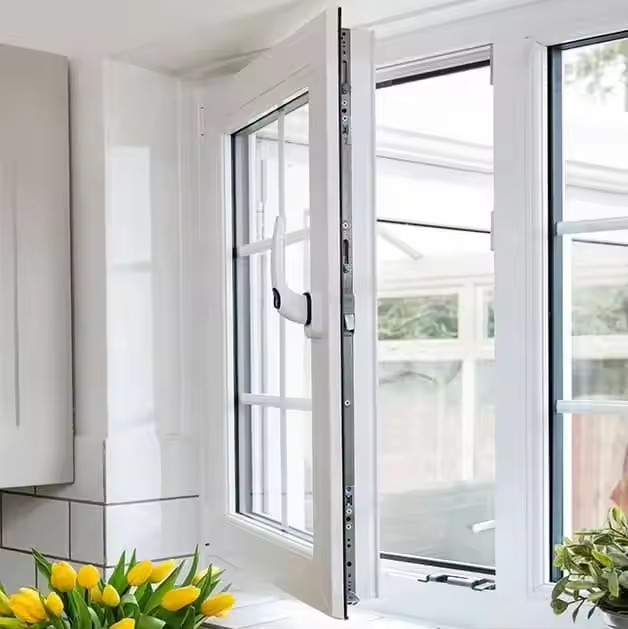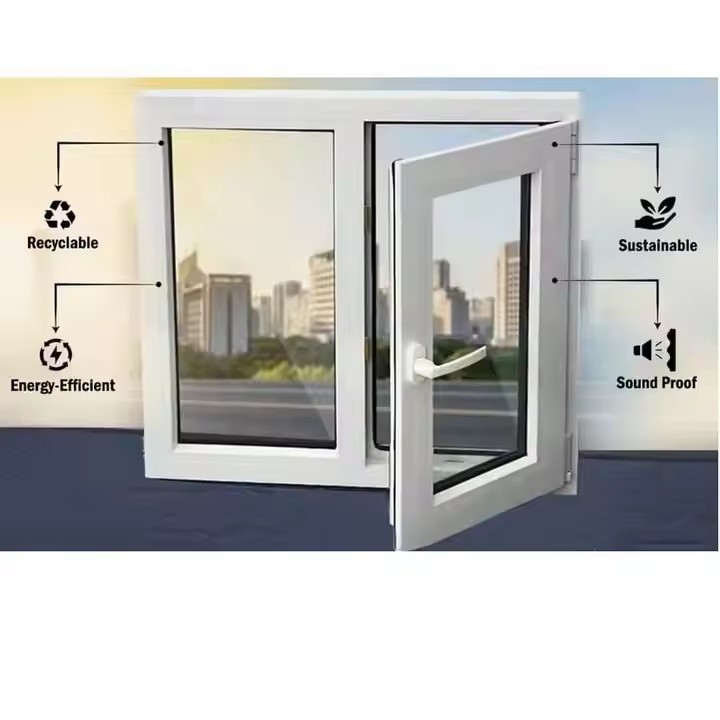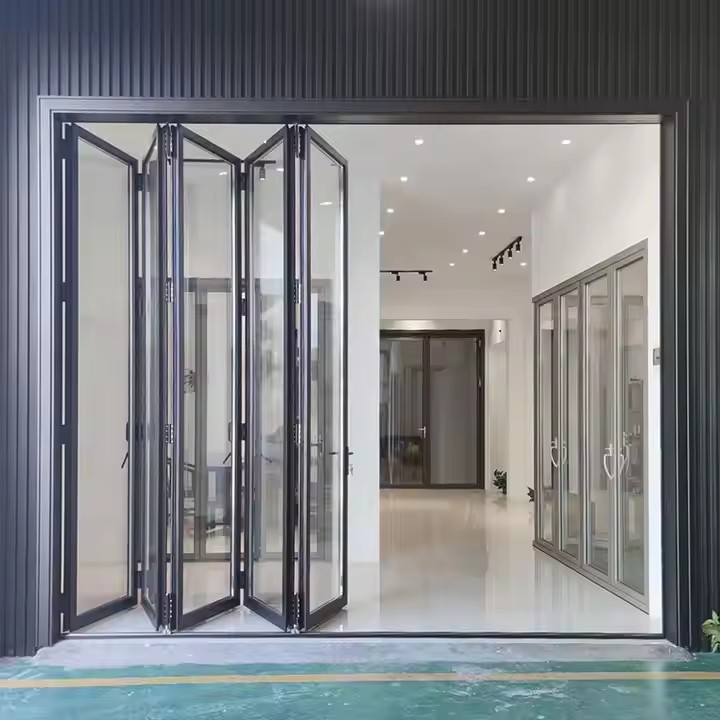I. Core Premise: Addressing the “Pain Points” of Australian Real Estate and Positioning Folding Doors as a “Solution”
The core needs of Australian households focus on three major areas: outdoor living extension, small-space optimization, and energy efficiency with compliance. Folding doors must precisely align with these needs to become a value-adding feature for real estate, rather than merely a “building material purchase.”
Outdoor Living Integration: Matching Australia’s “Backyard Culture”
More than 80% of Australian houses and townhouses include a backyard, patio, or pool. Residents prefer a seamless “indoor–outdoor connection” lifestyle (e.g., weekend BBQs or family activities). Folding doors (especially aluminum and glass types) allow indoor and outdoor spaces to merge when fully opened, and to be weatherproof when closed—perfectly fitting this lifestyle and serving as the key enabler of a property’s outdoor appeal.
Space Utilization: Solving the “Cramped Feeling” of Small Units
In major cities such as Sydney and Melbourne, apartments are expensive, and small units (50–70㎡) are increasingly common. “Making spaces look bigger” is a key purchase driver. Folding doors can replace traditional sliding or swing doors, avoiding track occupation and panel blockage. They visually expand living rooms, balconies, and kitchens by 20%–30%, which is especially suitable for open layouts.
For villas with limited usable space, sliding doors are also valuable, as they free up room. In urban areas, small-unit buyers are ideal customers—folding or sliding doors can significantly reduce the cramped feeling and free up more usable space.

Energy Efficiency and Compliance: Meeting Australia’s Strict Building Standards
Australia enforces mandatory requirements for energy efficiency (insulation and soundproofing) under the National Construction Code (NCC). In regions like Queensland and Western Australia, hot summers and rainy winters demand strong sealing performance. Folding doors equipped with Low-E glass, thermal-break frames, and waterproof seals both ensure compliance and reduce heating/cooling costs, making them a “green selling point” in real estate.
II. Role-Based Strategies: Designing Cooperation Models for Key Stakeholders in the Real Estate Chain
The Australian real estate ecosystem involves developers, builders, real estate agents, and homeowners. Folding door companies must tailor strategies to each role, achieving a closed loop “from bulk B2B supply to C-end reputation building.”
- With Developers / Builders: Linking “Bulk Procurement + Value Creation”
For new housing projects, developers and builders are the core clients. The focus should be reducing their costs while enhancing property value, rather than just selling doors.
Customized Solutions + Bulk Discounts
Design folding door packages based on project positioning (entry-level apartments, luxury villas, vacation homes):
Entry-level apartments: Promote cost-effective aluminum folding doors, emphasizing “space expansion.” Offer 5%–10% discounts for orders of 100+ units, plus free measuring and installation guidance (cutting construction costs).
Luxury villas / holiday homes (e.g., Gold Coast or Byron Bay projects): Highlight premium options such as solid wood frames, motorized folding doors, or UV-protection glass. Emphasize “luxury aesthetics + maximized views.” Work with developers to create showroom highlights (e.g., folding doors opening directly onto a pool or ocean view), which can raise property prices by 5%–8%.
Compliance Support: Reducing Developer Risk
Building projects in Australia undergo strict compliance checks. Folding doors must be backed with complete documentation:
Provide local certifications (e.g., SAA, WaterMark) proving compliance with insulation, acoustics, and waterproof standards.
Assist developers in preparing compliance reports, avoiding costly delays—an often-overlooked but vital value.
Case Studies: Building “Flagship Projects”
Start by collaborating with 1–2 mid-sized developers on pilot projects (e.g., entry-level apartments in Sydney’s western suburbs). Market the project as a “space optimization success with folding doors.” Turn these into brochures or videos to win more clients (“After installing folding doors, XX project sold out within 3 months; buyers reported the space felt much larger than expected”).
- With Real Estate Agents: Empowering “Sales Tools + Commission Incentives”
Agents face buyers directly and are vital for both new home sales and existing home renovations. The key is making them feel that promoting folding doors helps them close faster and earn more commission.

Sales Scripts + Visualization Tools
Agents often struggle to convey folding door benefits. Provide them with practical aids:
Comparison booklets: Side-by-side visuals showing “traditional doors vs folding doors” in the same floor plan (e.g., balcony blocked vs. wide-open indoor–outdoor space), plus energy savings (e.g., “cutting $150/month from summer AC bills”).
3D mockups / short videos: Create visual simulations of specific listings (especially with balconies/backyards), showing how folding doors would look. Supply short clips of doors opening/closing for agents to send directly to buyers (e.g., “Imagine hosting a BBQ with friends—just slide these open and the living room flows into the garden”).

